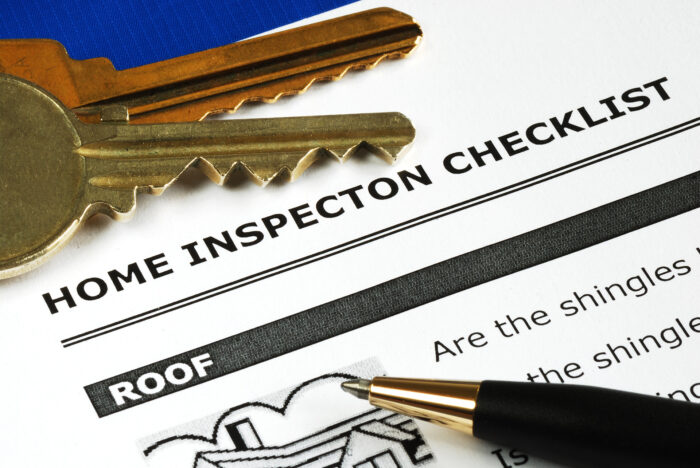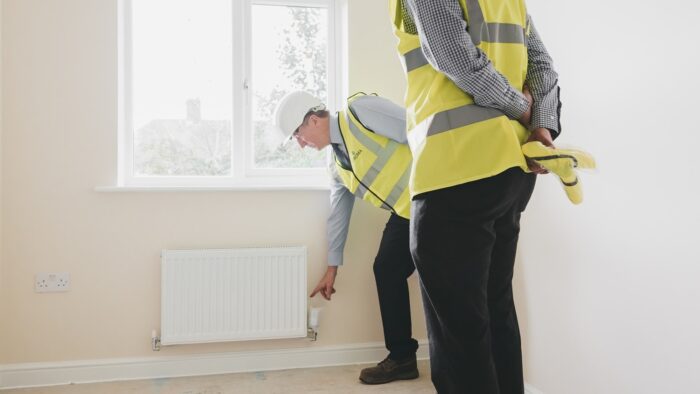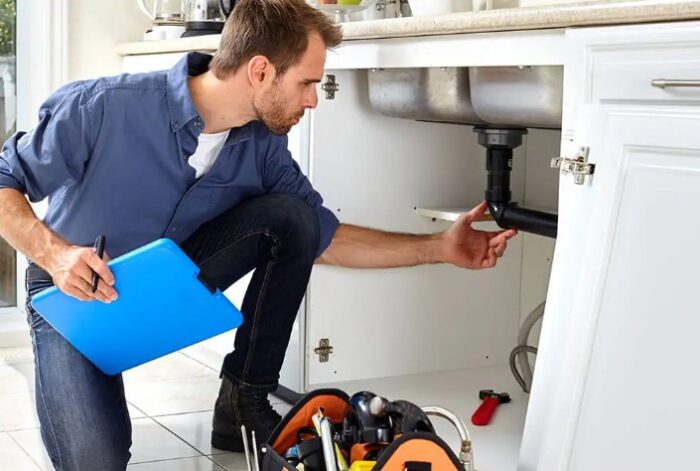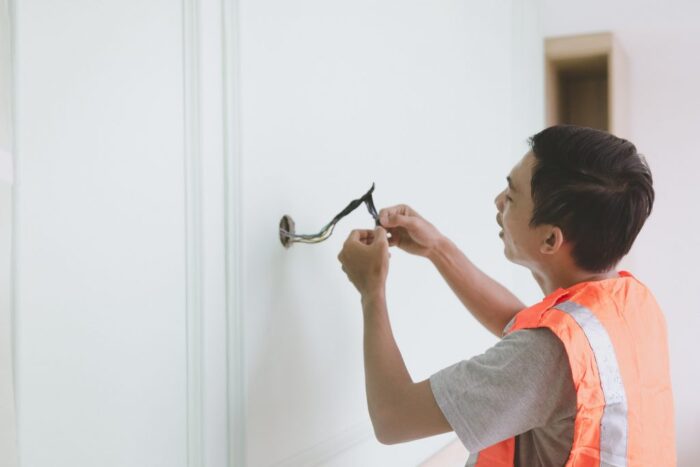
Moving into a new home is an exciting milestone, but before you unpack your boxes and settle in, it’s essential to conduct a snagging inspection. Snagging refers to the process of identifying and documenting any defects, issues, or unfinished work in your newly constructed property.
This inspection is crucial as it allows you to ensure that your dream home is delivered to you in perfect condition. By addressing these snags early on, you can save yourself from potential headaches and costly repairs down the road, making the snagging inspection a vital step in the home-buying process.
Preparing for the Inspection: Essential Tools and Checklist

Before you embark on your snagging inspection, it’s essential to equip yourself with the right tools and a comprehensive checklist. Some must-have tools include a reliable flashlight, a spirit level, a tape measure, a notepad, and a camera for documentation purposes. With these tools in hand, you can systematically go through your property, checking every nook and cranny for issues. Having a detailed checklist will help you stay organized and ensure you don’t miss any crucial points during the inspection.
Exterior Snagging Points: Roof, Walls, Windows, and Doors
Starting with the exterior of your new home, carefully inspect the roof for loose tiles, cracks, or signs of water leakage. Move on to the walls, checking for any visible cracks, uneven rendering, or paint defects. Examine the windows and doors to ensure they open and close smoothly, and their frames are free from damage. Additionally, pay attention to the seals around the windows to prevent drafts and potential water ingress. These exterior snagging points are vital as they protect your home from the elements and maintain energy efficiency.
Interior Focus Areas: Flooring, Ceilings, and Walls Inspection

Once you move indoors, begin by inspecting the flooring for uneven surfaces, loose tiles, or damaged floorboards. Check the ceilings for cracks or evidence of leaks. Walls should be carefully examined for any imperfections, such as dents, holes, or poorly finished paintwork. Ensure that the skirting boards and door frames are properly installed without any gaps. By scrutinizing these interior focus areas, you can create a comfortable living space that is both aesthetically pleasing and structurally sound.
Checking Plumbing and Electrical Systems for Flaws
Checking the plumbing and electrical systems is a critical part of the snagging inspection. Thoroughly examine all faucets, showers, and toilets for leaks or inadequate water pressure. Inspect the electrical sockets, switches, and the fuse box to ensure they are in proper working condition. Identifying flaws in these systems is essential, as faulty plumbing can lead to water damage and inconvenience, while electrical issues pose safety risks.
Addressing these flaws early on will save you from potential headaches and costly repairs, ensuring that your new home provides a safe and comfortable living environment for years to come.
Examining Kitchen and Bathroom Fixtures and Fittings

The kitchen and bathrooms are essential areas that require meticulous inspection. Check all kitchen appliances, cabinets, and countertops for damages or defects. In bathrooms, inspect the fittings, such as sinks, bathtubs, and showers, for leaks or poor installation. Ensure that all taps are functioning correctly and that there are no signs of water damage. The kitchen and bathrooms are frequently used spaces, so addressing snagging issues in these areas will contribute to the overall functionality and comfort of your home.
Assessing Heating, Ventilation, and Air Conditioning Units
Assessing the heating, ventilation, and air conditioning (HVAC) units during the snagging inspection is crucial for a comfortable and energy-efficient home. Test the heating system in various rooms to ensure proper functionality and even distribution of warmth. Check the air conditioning units for effective cooling performance, especially during warmer months.
Inspect the ventilation system, ensuring that all vents are unblocked and free from debris. A well-maintained smart HVAC system not only enhances indoor comfort but also contributes to lower utility bills and a healthier living environment. Addressing any issues with the HVAC units promptly will enable you to enjoy year-round comfort while maximizing energy efficiency in your new home.
Identifying Safety Hazards and Potential Risks

Safety should always be a top priority in your new home. During the snagging inspection, keep an eye out for potential safety hazards, such as exposed wires, sharp edges, or trip hazards. Test all smoke detectors and carbon monoxide alarms to ensure they are in working order. Addressing safety concerns promptly will provide peace of mind for you and your family.
Documenting and Photographing Snagged Issues
As you go through the snagging inspection, document all the issues you find in detail. Take photographs or videos of each snagged item to provide visual evidence. Clear documentation is crucial when communicating with the developer or builder, as it helps them understand the problems and facilitates a smoother resolution process.
Communicating with the Developer or Builder Effectively
After completing your snagging inspection and compiling your list of issues, it’s time to communicate with the developer or builder. Be clear and specific in your communication, providing them with a comprehensive list of snags and corresponding evidence. Address your concerns politely but assertively, seeking a resolution within a reasonable timeframe. Keep records of all communications for reference.
Finalizing the Snagging Process and Moving Forward

Once the developer or builder addresses the snagged issues to your satisfaction, it’s time to finalize the snagging process. Review the completed work and ensure that all the problems have been rectified. With the snagging inspection completed and issues resolved, you can now move forward confidently, enjoying your new home without any nagging worries.
Conclusion
In conclusion, conducting a thorough snagging inspection is a crucial step in ensuring that your new home is in excellent condition. By preparing well, inspecting both the exterior and interior, checking essential systems, and documenting issues, you empower yourself to communicate effectively with the developer and move forward into a comfortable and safe living space. With this step-by-step guide, you can confidently navigate the snagging process and create the home of your dreams. Happy snagging!








